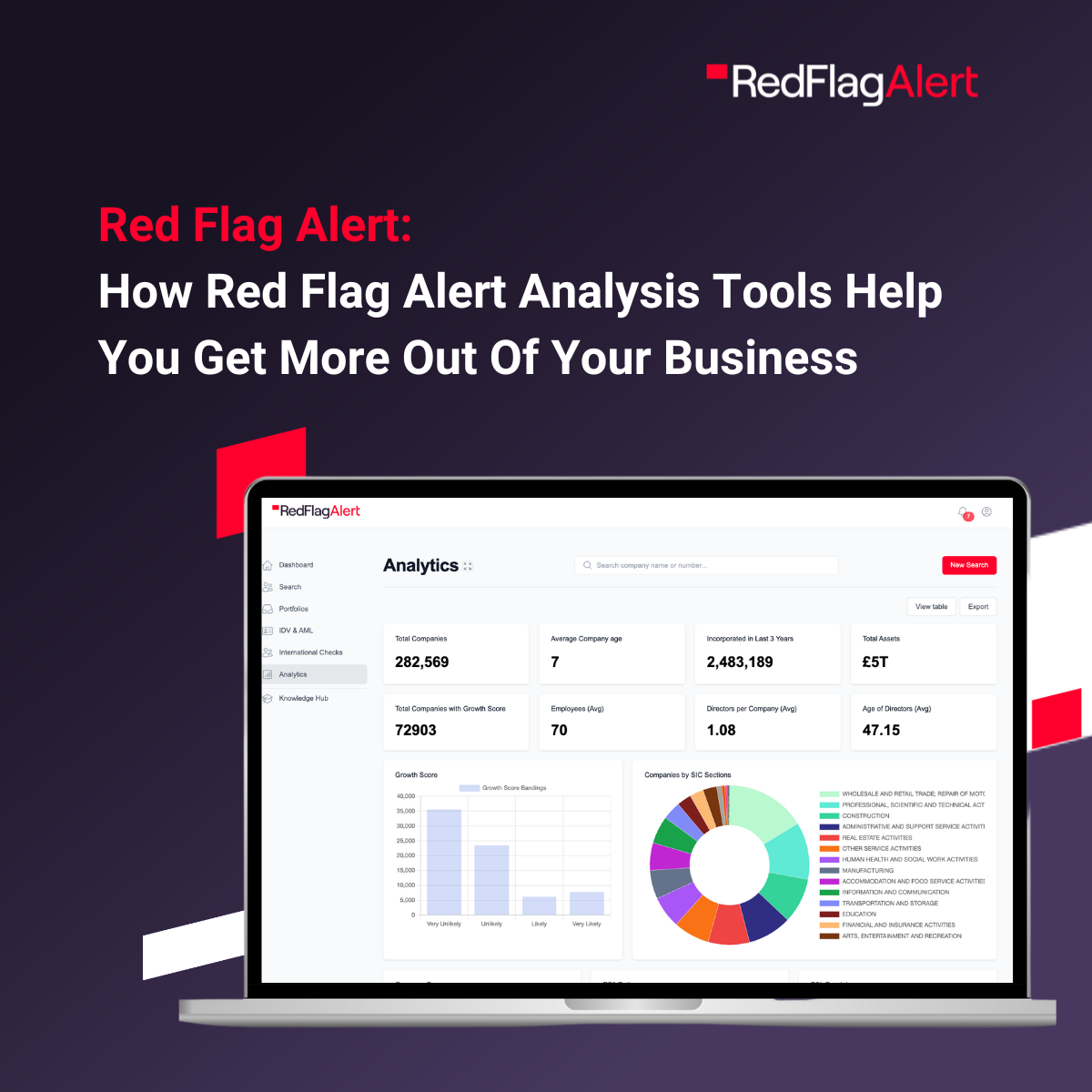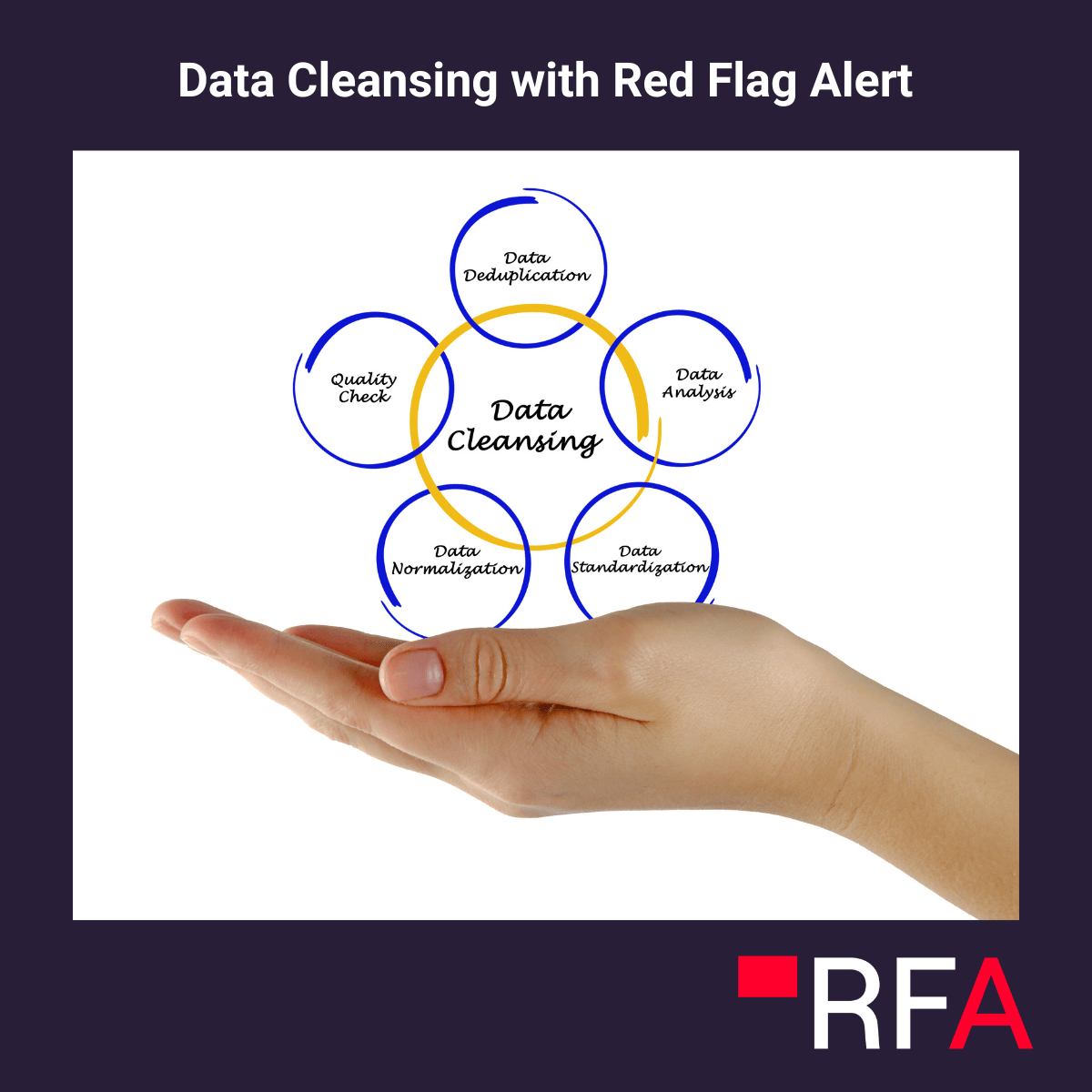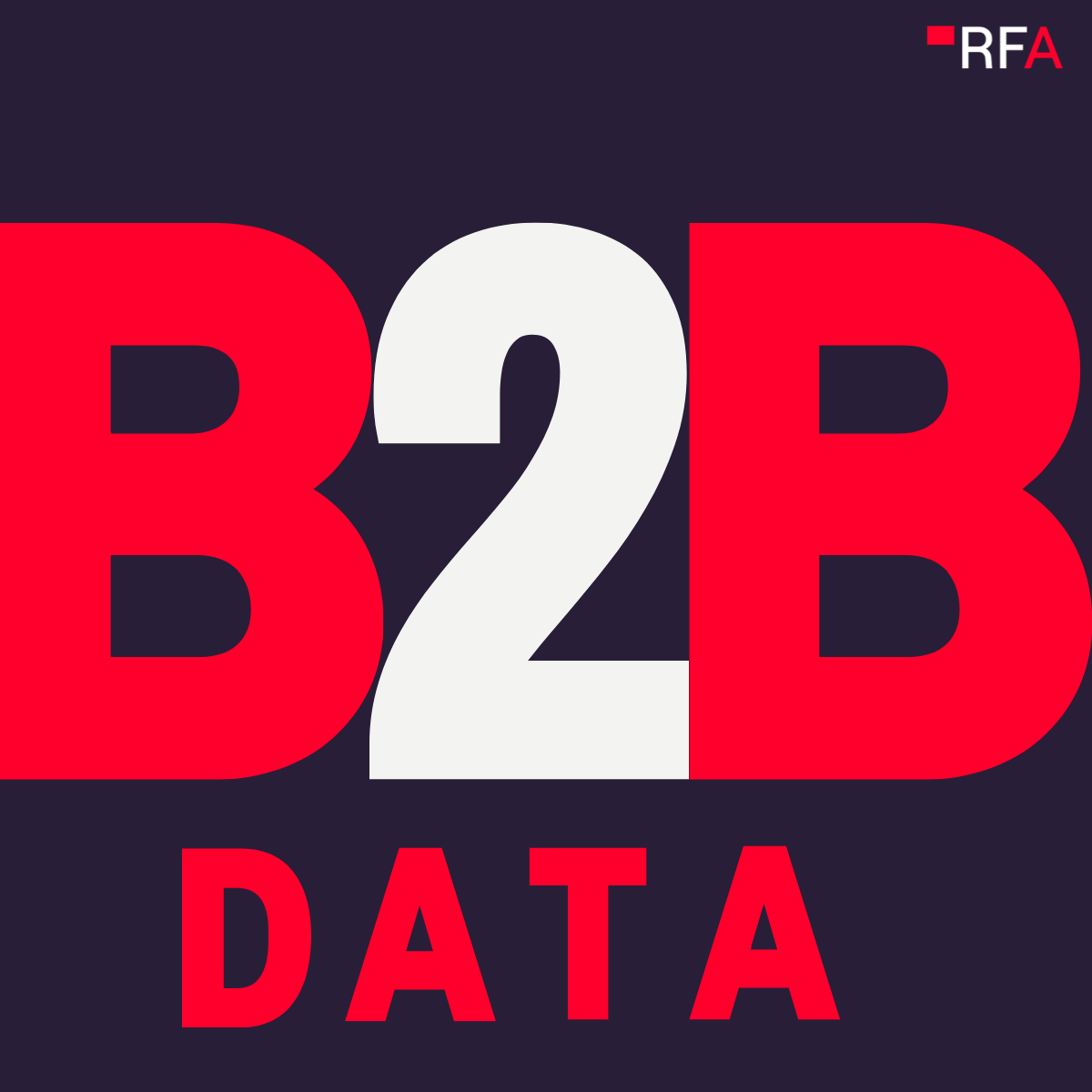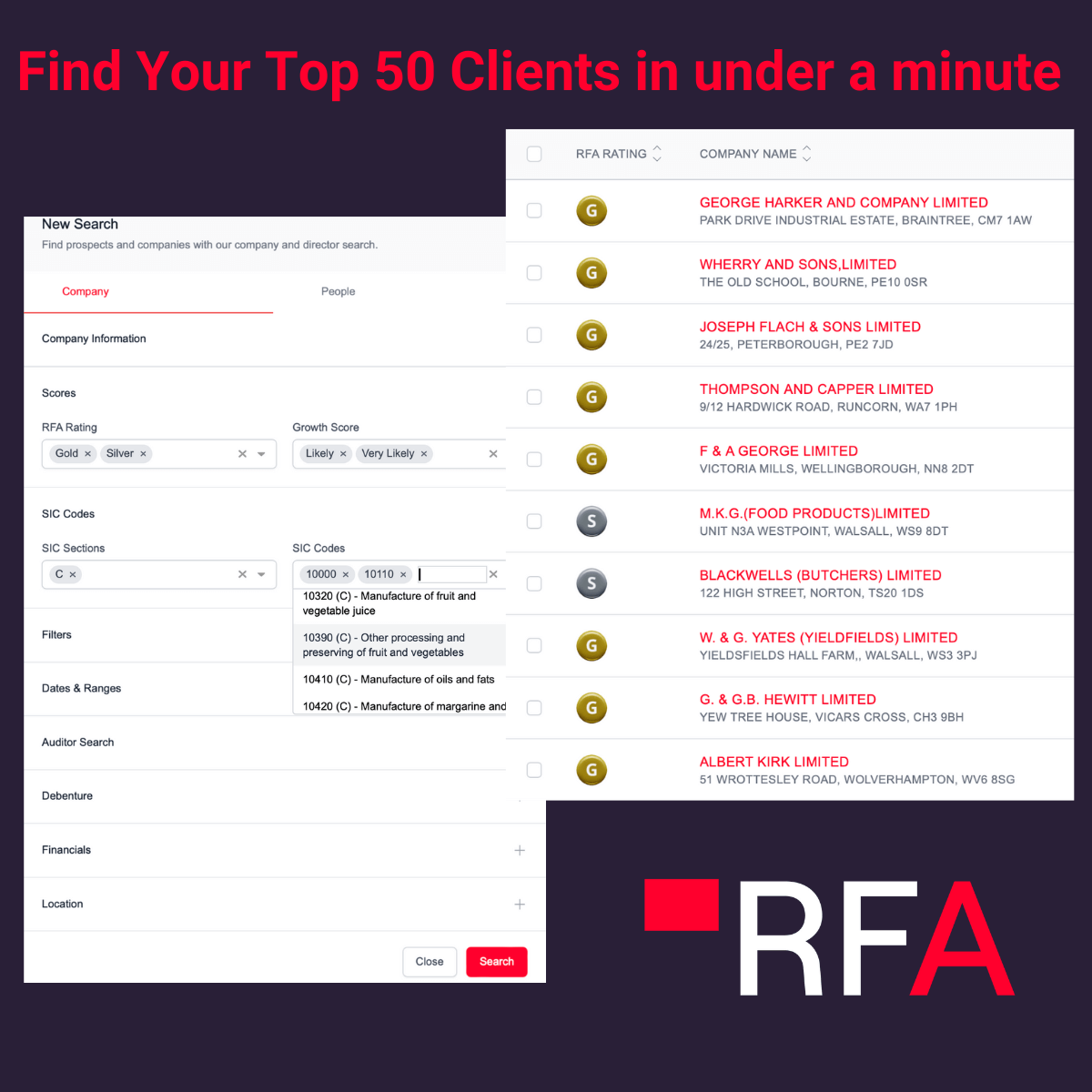The theory of loss aversion, first identified by Amos Tversky and Daniel Kahneman, says people prefer to avoid a loss than receive an equivalent gain. According to this theory, people would rather not lose £100 than actually find £100.
You can read more about it here, but it’s a phenomenon I notice all the time in sales. Reps become obsessed with hunting down a promising prospect rather than filling their pipeline, when in most cases filling the pipeline is the best course of action.
It makes sense.
Reps are invested in a sale – they’ve worked hard to bring the deal near completion. If the deal fails, it feels like all the time spent has been a waste.
But this causes reps to spend a disproportionate amount of time fretting over a deal when it’s near completion. This pointless worry doesn’t help to close the deal – it just wastes a lot of time.
The time would be far better spent working on filling the pipeline, so that in the future more deals are nearing completion.
The Loss Aversion Principle in Sales
Do you or people on your team ever spend too much time chasing leads that are unlikely to buy?
When a rep has invested effort and resources into a making a sale, they would often rather continue to chase this lead even when the chances of completing the deal are negligible.
It’s challenging to try to convince sales reps to build the pipeline when faced with a CRM of old data and no warm prospects.
A compelling strategy to overcome this is to make the prospecting easier; if you can provide a pipeline of strong leads for your sales team, it will motivate them to worry less about avoiding loss and instead focus on winning more business.
A report published in the Harvard Business Review shows the importance of timing when contacting leads. The research found that companies that follow up with potential sales quickly are far more likely to make a sale than those that don’t. Specifically, businesses that responded to triggers within an hour were 60 times more likely to make a sale than those that waited 24 hours or longer.
While the research in the study above specifically related to how companies respond to leads from online marketing, you could apply the same theory to any type of sales trigger.
Red Flag Alert Helps You Spot Warm Leads
Red Flag Alert is an essential tool you can use to spot sales opportunities and ensure that you and your team don’t waste time chasing lost leads. Our data is updated in real time, meaning you can spot potential customers the instant they might need your product or service.
Here are three examples of how this could work. The exact triggers you look out for will depend on the factors you have identified as indicators of whether a lead is likely to buy from you.
- Use the data to spot businesses in your target market that have recently established in your area, or companies that have expanded their operations in areas you sell into.
- See when companies post high revenue or profits, as this can be a sign they are open to investing in their business.
- Receive creditor service data alerts to see when a company is struggling financially and may need related services to help out.
If your leads aren't buying, read this. for how Red Flag Alert data can increase your sales conversion from 0.5% to 12% using strategies like the ones listed above. To see how Red Flag Alert can help your business get a free trial today.




